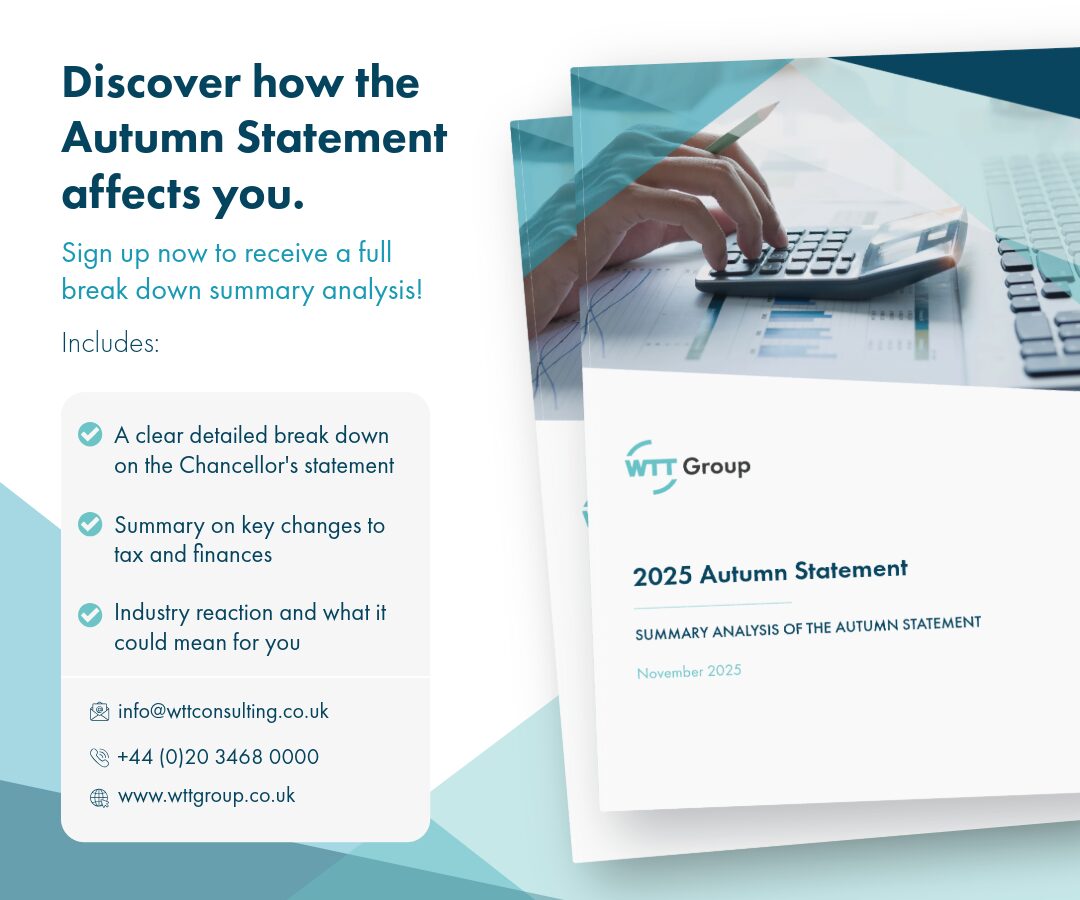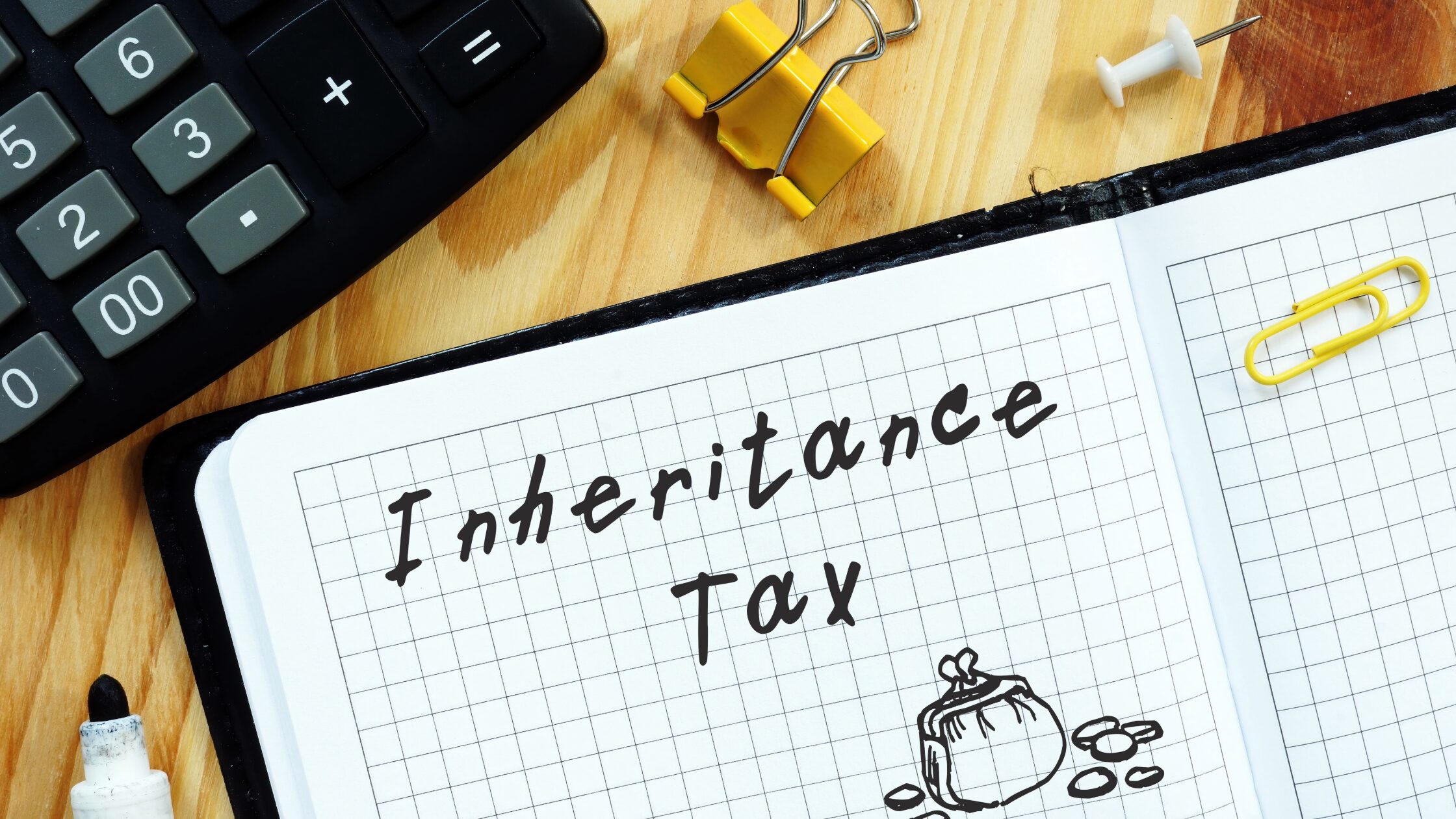Checked & unbalanced
10th December, 2021 I’m often educated by my law trained business partner as to…
Expanding recruitment operations from the UK to the US brings a whole new set of acronyms and employment classifications. Understanding the distinctions between W-2 and 1099 workers is pivotal for UK recruiters venturing into the US job market. In this blog, we will unravel the intricacies of these classifications and shed light on how they differ from the familiar landscape of recruitment in the UK.
In the US, W-2 workers are individuals who work for a company as regular employees. They receive Form W-2 at the end of the year, summarising their earnings and tax withholdings. W-2 workers are entitled to employer-sponsored benefits such as health insurance and are subject to income tax withholding, Social Security, and Medicare taxes.
On the other hand, 1099 workers are considered independent contractors or freelancers. They receive income on a Form 1099-NEC, which reflects the total payments made to them during the tax year. Independent contractors are not employees; they operate as separate businesses and are responsible for their own taxes, benefits, and insurance. 1099 Independent contractors who are incorporated are generally referred to as “corp to corps” whereas independent contractors who operate as sole traders or freelancers are simply referred to as “1099s”.
As UK recruiters embark on the journey of expanding operations to the US, understanding the nuances between W-2 and 1099 engagement t is essential. The US system offers flexibility but also requires careful consideration of legal, tax, and compliance implications. By navigating these distinctions with clarity, UK recruiters can strategically engage with the diverse American workforce, aligning their operations with the expectations and regulations of the US employment landscape.
WTT Legal has extensive experience in both the UK and US recruitment market. As an APSCO Trusted Partner, we are well placed to advise on transacting business in the US and using your UK entity to engage with US clients.
Are you a recruitment agency considering your US expansion plans? Get in touch to arrange a free legal consultation with our specialist advisors. Email us at info@wttlegal.co.uk or call us on +44 (0)20 3468 0000 for more information.
 Article
Article
10th December, 2021 I’m often educated by my law trained business partner as to…
 Article
Article
2nd July, 2021 Crypto Tax- What can we learn from the US? Introduction The…
 Article
Article
Inheritance Tax (IHT) is one of the most significant considerations in long-term wealth planning,…
 Article
Article
What the Autumn Budget 2025 Means for You Rachel Reeves delivered this year’s Autumn…
 Article
Article
Demystifying Inheritance Tax Misconceptions Inheritance Tax (IHT) is one of the most complex and…
We’d love to hear from you!
Whether you simply have a quick question, or were seeking a more formal conversation to discuss your tax needs, drop your details here and we will be in touch! Alternatively, you can contact us on +44 (0)20 3468 0000.